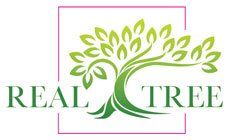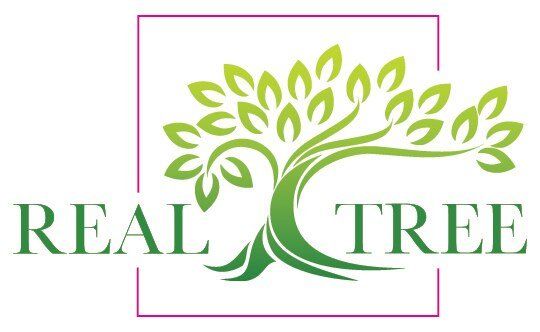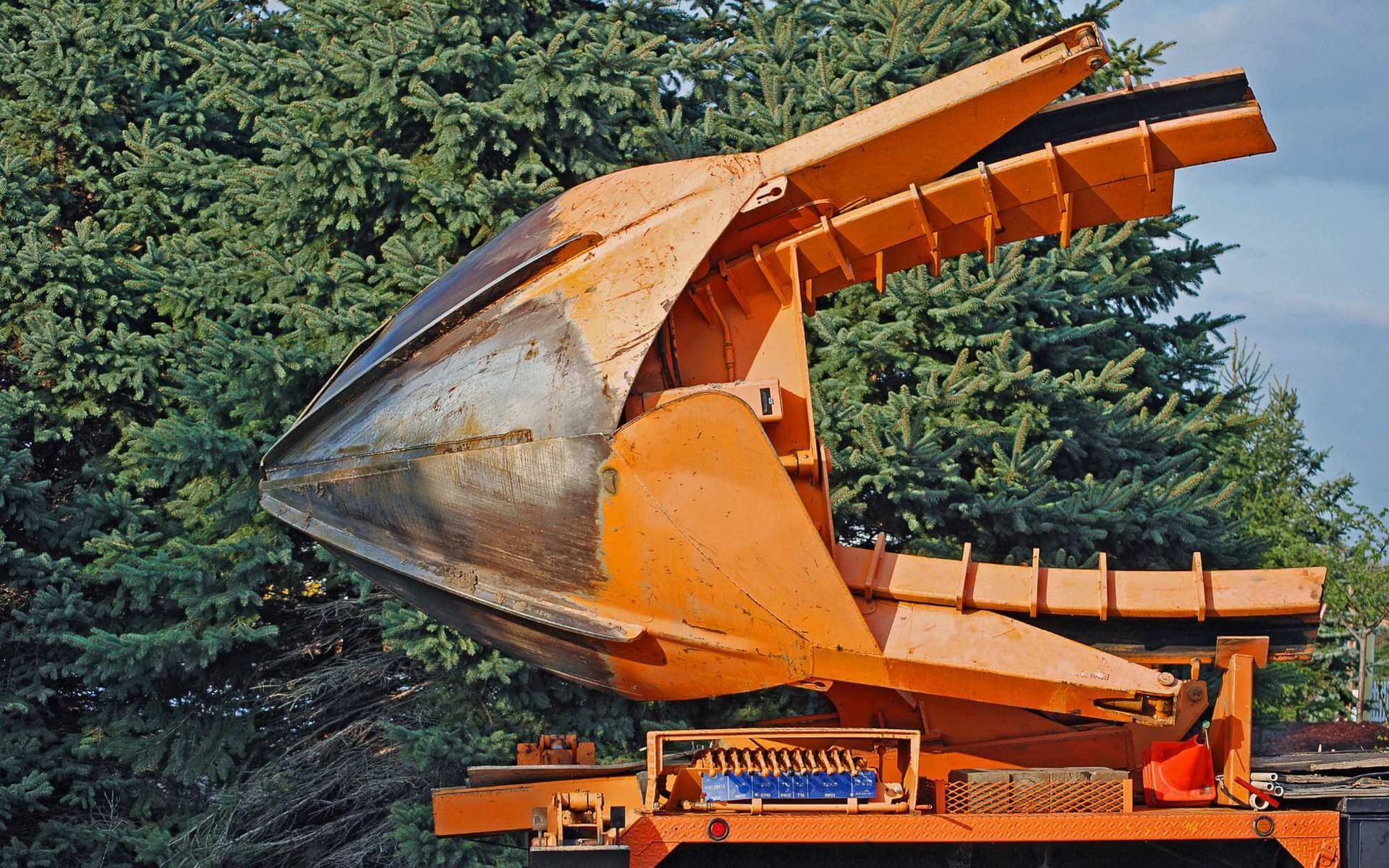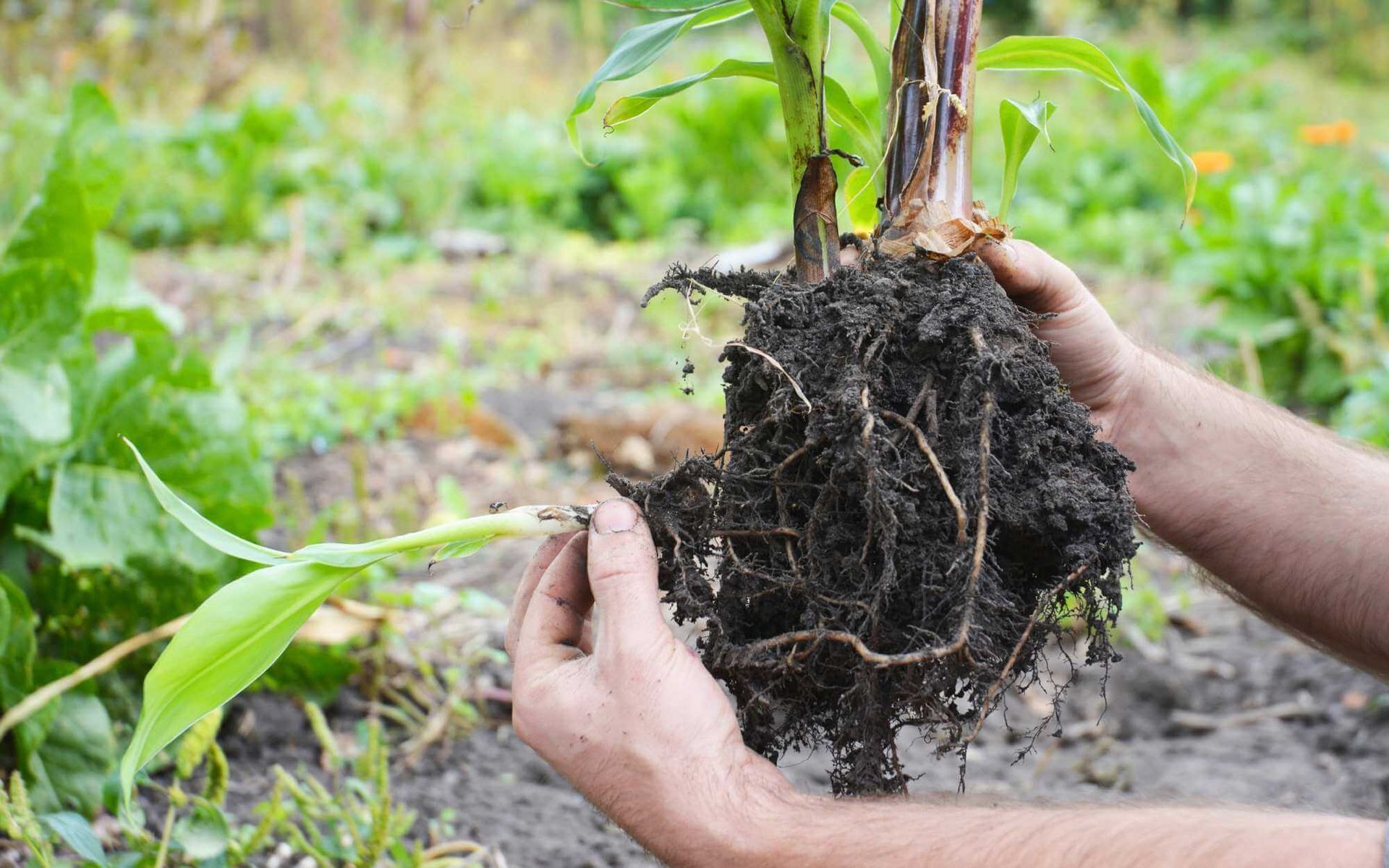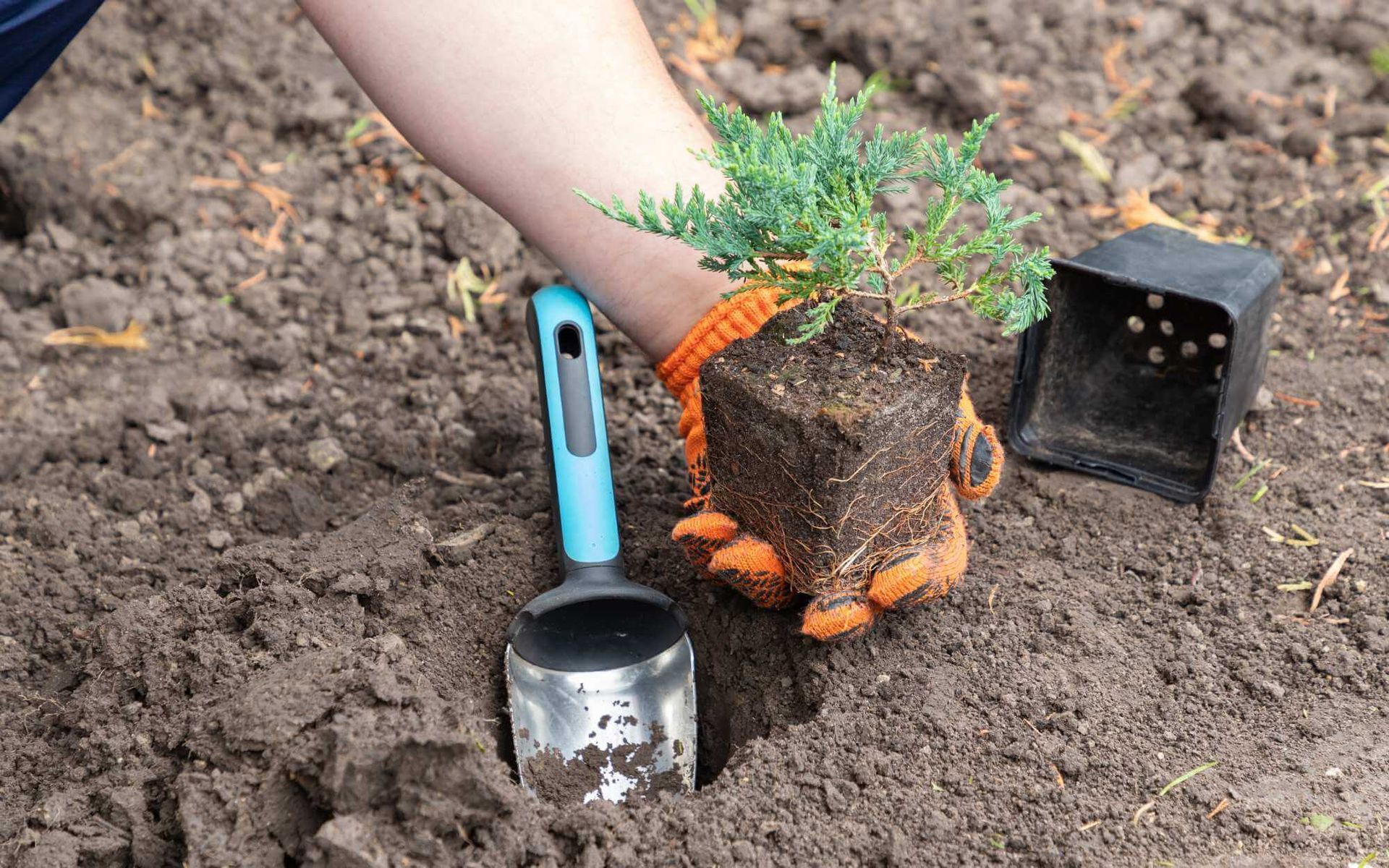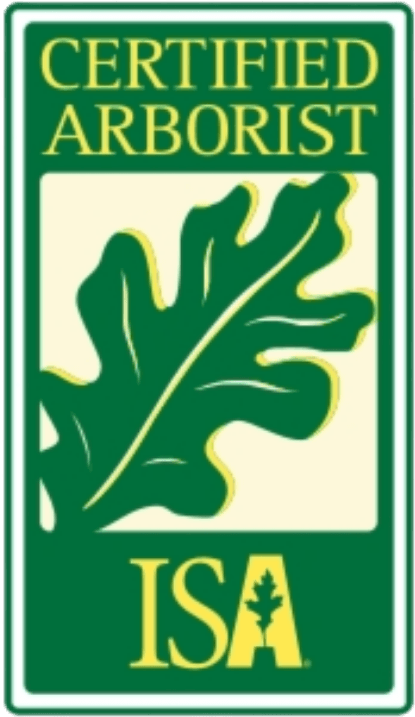Pruning vs. Thinning: Choosing the Right Fruit Tree Care
PUBLISHED ON
SHARE THIS ARTICLE
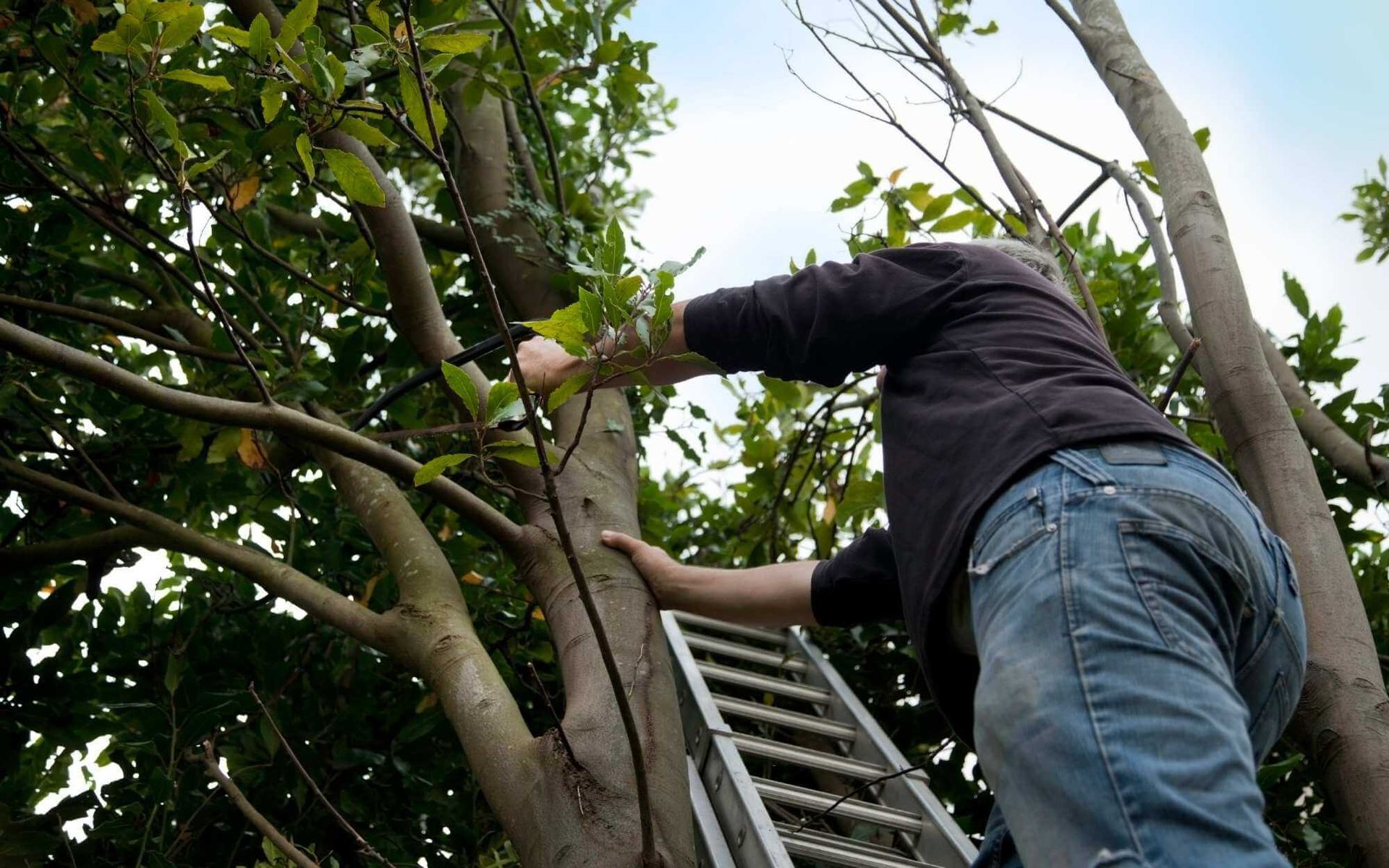
Caring for fruit trees is an art and a science, deeply intertwined with the joy of gardening. The process involves more than just watering and feeding. It requires meticulous attention to ensure that these trees receive the best care possible, improving their fruit yield and overall health.
Two crucial techniques at the heart of proper fruit tree care are pruning and thinning.
Pruning is the removal of certain parts of a tree or plant, such as branches, buds, or roots, It helps improve the structure, encourage healthy growth, and increase fruit production. On the other hand, thinning involves selectively removing fruits in the early stages of growth. It ensures the remaining fruits receive adequate nutrients and grow to their full potential.
Understanding these techniques and their application can unlock the full potential of your fruit trees.
Pruning
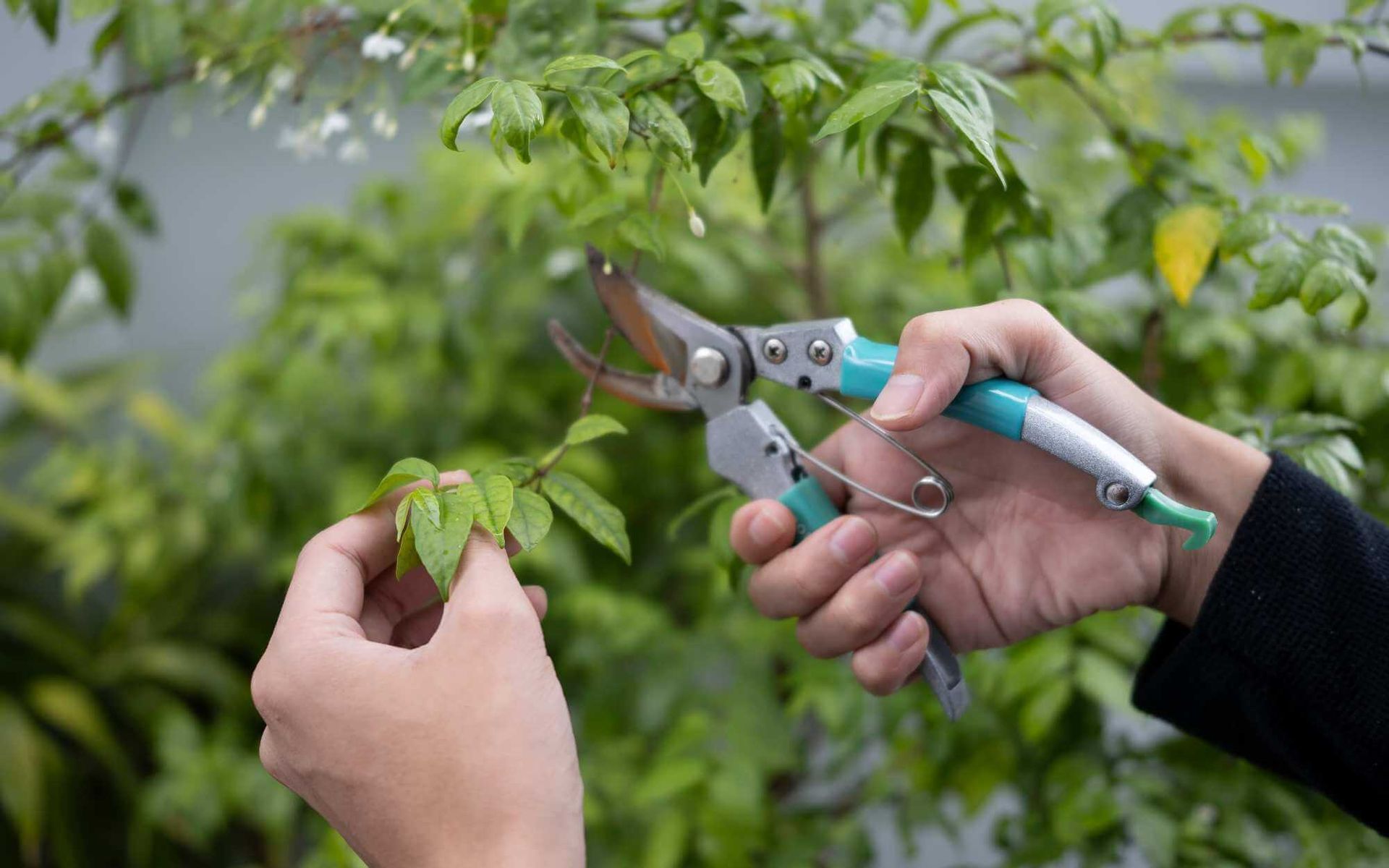
Pruning is the strategic removal of specific tree parts- branches, buds, or roots- to promote healthy, vigorous growth and fruit production. This process helps maintain the tree's structural integrity, reducing risks of disease and pest infestations.
Pruning can increase sunlight exposure and air circulation throughout the tree, improving fruit quality and yield.
Pruning methods vary, including thinning cuts, heading cuts, and bench cuts. Thinning cuts remove entire branches, enhancing sunlight penetration and air movement. Heading cuts shoot growth of buds below the cut, ideal for shaping young trees. Bench cuts are for large, mature trees, eliminating competing leaders.
Pruning is typically done in late winter or early spring, just before the new growth starts, minimizing stress and reducing susceptibility to disease. Summer pruning is done for maintenance.
Thinning
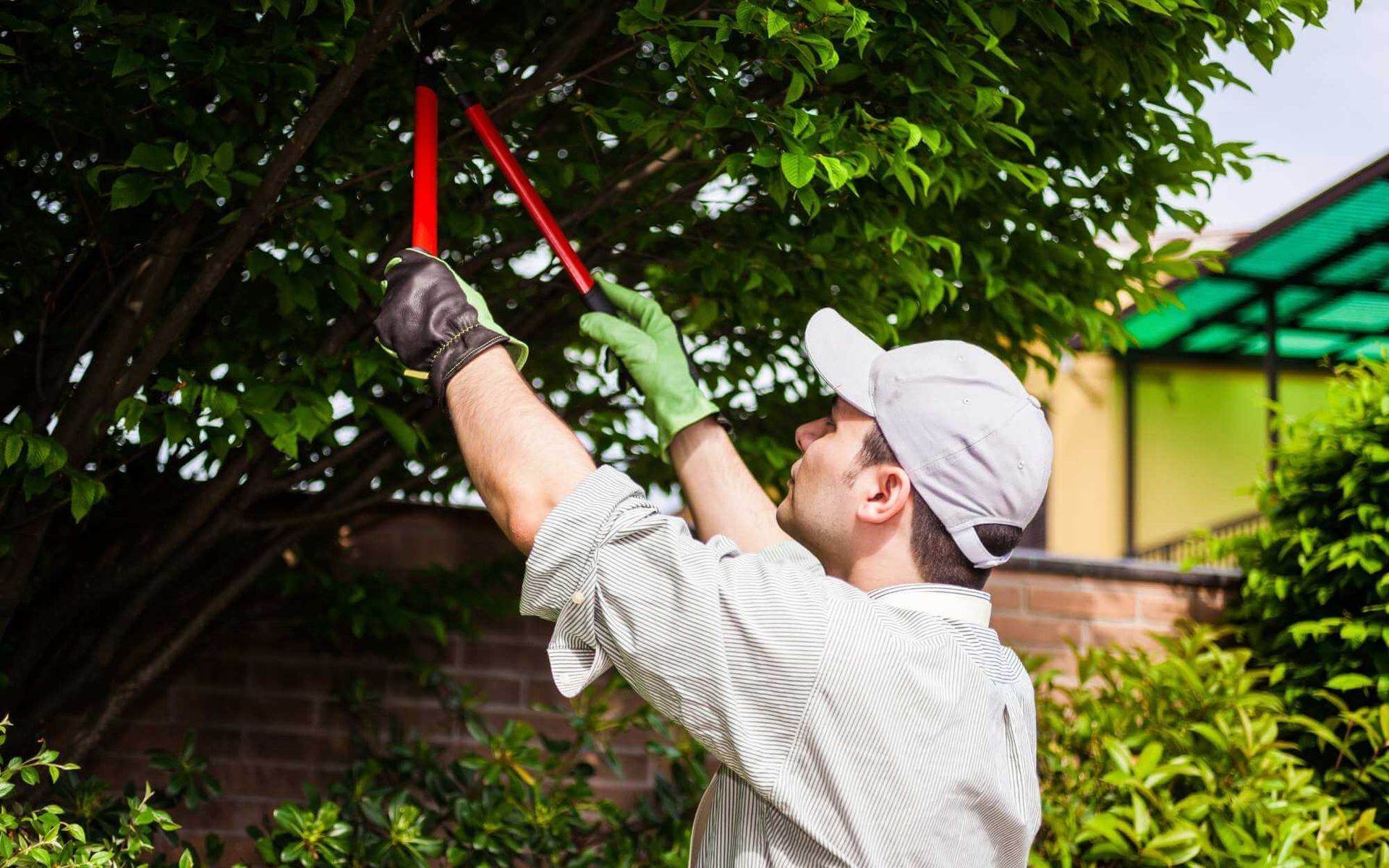
Fruit thinning is the process of selectively removing fruits from trees in their early growth stages to allow the remaining fruits to grow larger and healthier.
The main purpose is to ensure efficient usage of the tree's resources, preventing overburdening and enhancing fruit quality. Thinning benefits fruit trees by reducing limb breakage risks and ensuring uniform fruit size.
Manual hand-thinning is the most common technique, effective for high-value crops. Chemical thinning, applied in the bloom or post-bloom period, is suited for large orchards.
Timing for thinning is crucial - it's usually performed when fruits are small, typically a few weeks after blossoming, to achieve the best results.
Thinning, when done correctly, can significantly improve a fruit tree's yield, health, and vigor.
Comparing Pruning and Thinning
Pruning and thinning, though both essential to fruit tree care, serve different purposes.
Pruning is centered around removing tree parts to enhance growth, structure, and productivity while thinning focuses on removing early-stage fruits to improve the size and quality of the remaining fruits.
When deciding between the two, one must consider the tree's age, the desired fruit size and quality, the risk of disease, and the tree's accessibility to sunlight and air.
Young trees might benefit more from pruning for shape and structure, while older, fruit-bearing trees could benefit from thinning to maximize fruit quality. It's also crucial to understand that these methods are not mutually exclusive and are often employed in comprehensive fruit tree care.
Choosing the Right Fruit Tree Care
When deciding between pruning and thinning, consider the tree's age, fruit production, and health.
Young trees benefit from pruning to shape their growth and boost productivity. Mature fruit-bearing trees often require thinning for larger, high-quality fruits.
Optimal tree health demands a blend of both. Monitoring for disease and pest infestations helps decide when and where to prune. Thinning should ideally occur a few weeks post-blossom for best results. Regardless of the chosen method, seasonal timing is crucial, with late winter or early spring preferred for pruning, and early summer for thinning.
Ultimately, the needs and goals of your fruit trees should guide the care practices applied.
Navigating the Decision for Optimal Fruit Tree Health
Proper fruit tree care is paramount in ensuring healthy growth and premium fruit yield, whether you have apple, apricot, cherry, nectarine, peach, pear, or plum trees.
Techniques such as pruning and thinning are vital, aiding in structure formation, disease prevention, and maximizing fruit quality. It's essential to make informed decisions based on your tree's age, health, and fruit production goals.
Not sure where to start?
Contact a
professional arborist and unlock the full potential of your fruit trees today. Seek expert advice for optimal fruit tree health!
Want a free quote or some friendly advice? Call our team today:
